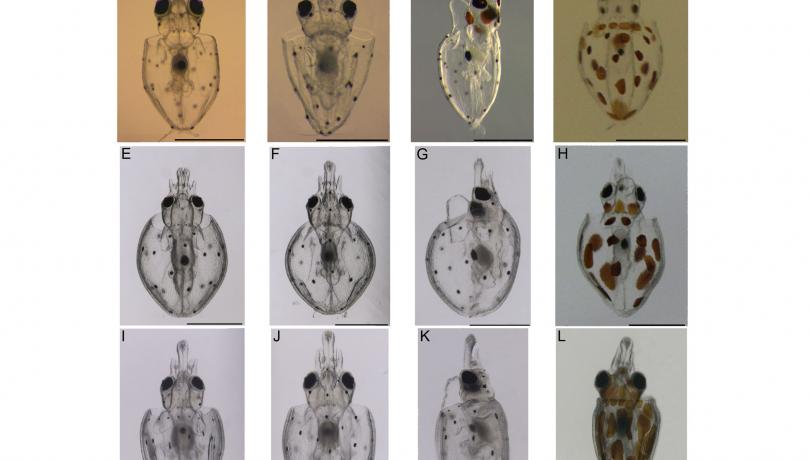Scientists from the Marine Science Institute (ICM) have described for the first time the paralarvae morphology of three oceanic squids, an important fishing resource in the Nor-East Atlantic: Illex coindetii, Todarodes sagittatus, Todaropsis eblanae.

Scientists from the Marine Science Institute (ICM) have described for the first time the paralarvae morphology of three oceanic squids, an important fishing resource in the Nor-East Atlantic: Illex coindetii, Todarodes sagittatus, Todaropsis eblanae.
Using in vitro fertilization techniques and Scanning Electron Microscopy (SEM), morphologic characteristics to differentiate these species have been stablished. This information was combined with previous descriptions of paralarvae from four other species from the same area and a dichotomous key was developed for the identification of 7 species from the NE Atlantic and Mediterranean Sea. The in vitro fertilization technique performed in this study is only used in the ICM and the University of Hokkaido (Japan), what makes the ICM a world reference centre in the study of ommastrephid paralarvae.
Oceanic squids of Ommastrephidae family mean the first cephalopod fishing resource worldwide. For that reason, its life cycle is the subject of several studies. New-borns of this family are among the smaller of the cephalopods and show a characteristic morphology with tentacles fused into a proboscis. However, Fernando Fernández-Álvarez, researcher from the ICM and first author of the articled recently published in Zoological Journal of the Linnean Society, comments: ‘paralarvae of these species are morphologically similar and cannot be differentiated with a naked eye. The key we have developed permits, for the first time, to do a reliable identification of all NE Atlantic species without using molecular methods”.
Roger Villanueva, leader researcher of CALOCEAN project, explains: “thanks to the images obtained by SEM, we could identify the differences in proboscid sucker structure, and together with presence or absence of photophores, these two main characters allow the identification of paralarvae of different species”
Due to the impossibility to culture these species nowadays, ecology knowledge about paralarvae comes from specimens in plankton. For that reason, “it is really important to develop methods that allow the identification of wild larvae at a specie level, and so try to comprehend the factors that determine its first life stages” conclude the authors. This identification is especially important in the case of species that are a relevant fishing resource, as the ones studied, because the distribution and abundance of adult squids are determined by the paralarvae survival.
Article: Fernández-Álvarez, FA; Martins, CPP; Vidal, EAG & Villanueva, R. (2016) Towards the identification of the ommastrephid squid paralarvae (Mollusca: Cephalopoda): morphological description of three species and a key to the north-east Atlantic species. Zoological Journal of the Linnean Society. http://dx.doi.org/10.1111/zoj.12496